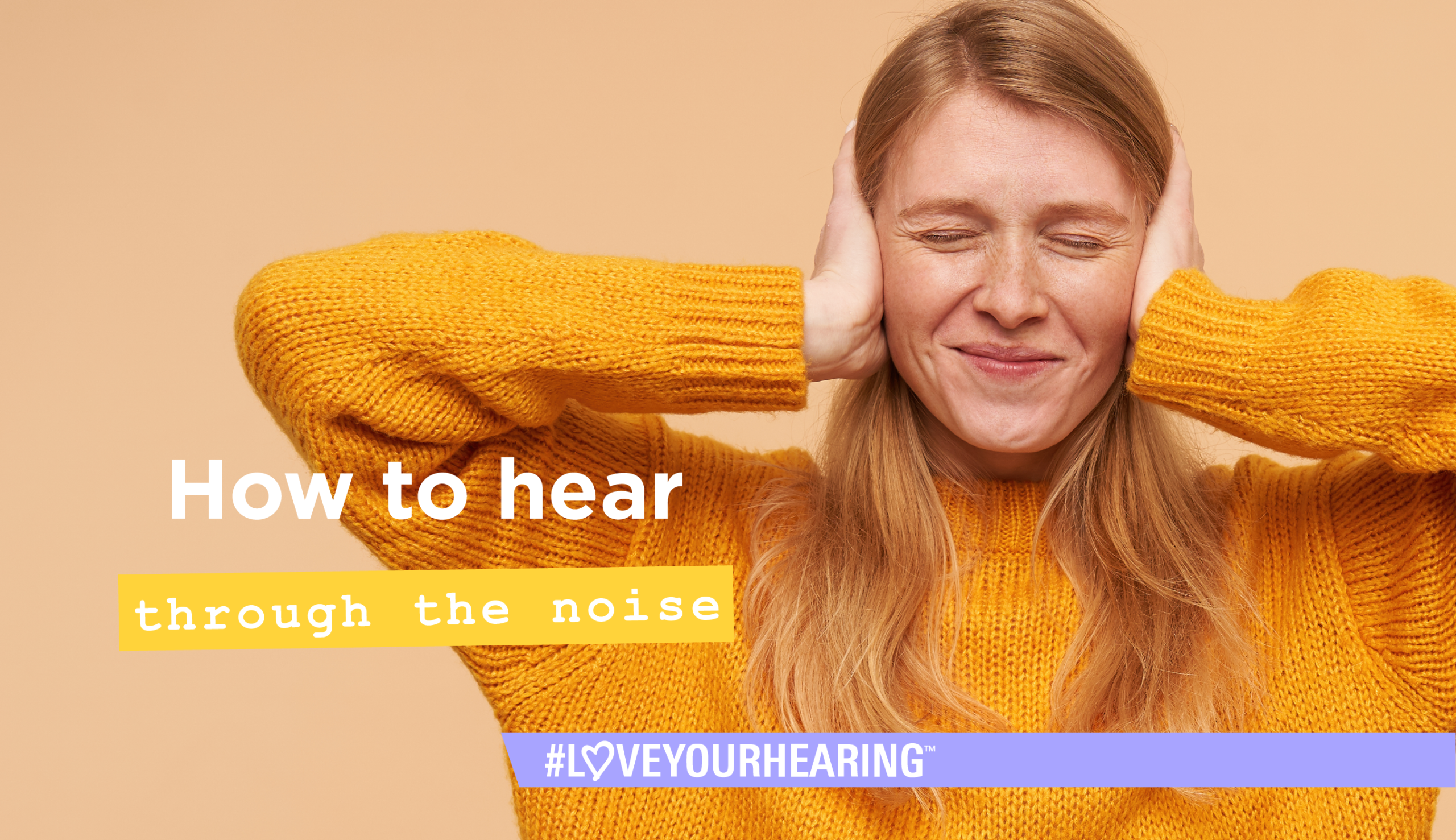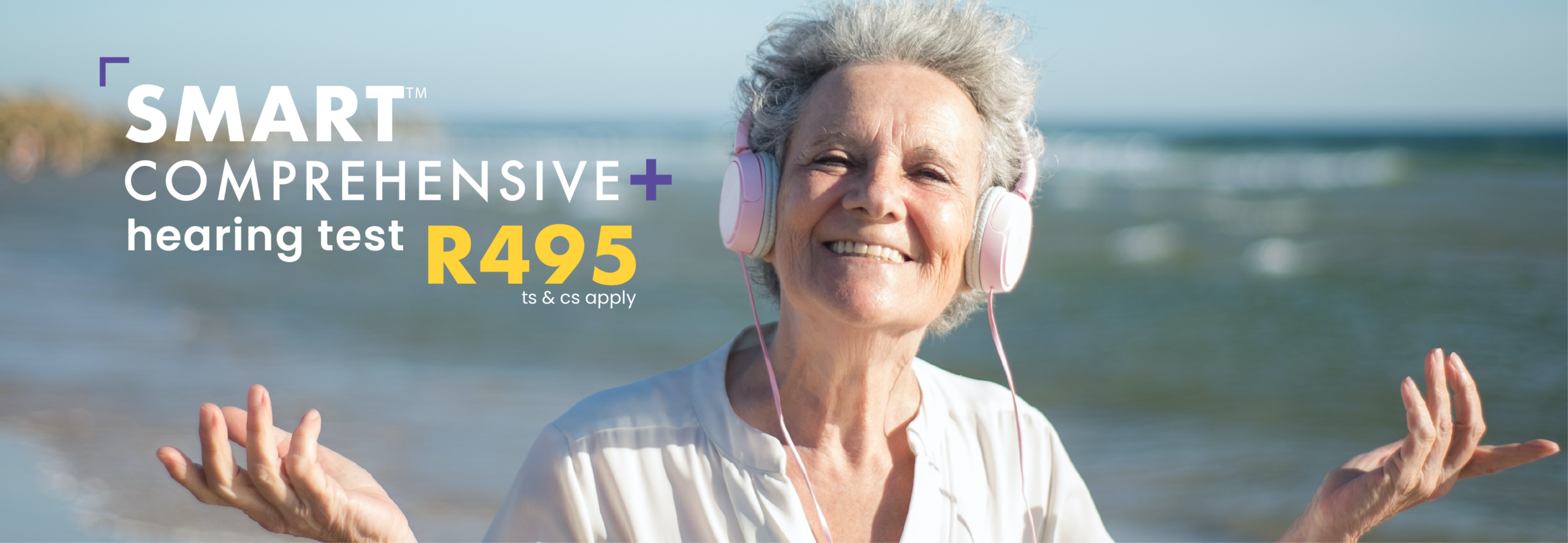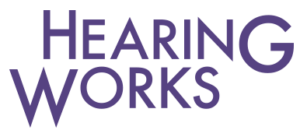
Noise pollution is the invisible “pandemic” we can’t escape! If you think about it, it’s everywhere. From loud traffic noise, generators, sirens, construction sites, and blaring music, to background noise from home appliances and conversations around us; we are bombarded by noise day and night.
The older we get, the harder it becomes for us to hear speech through this incessant noise. There are hearing screenings (audiograms) that can ascertain the quality and levels of our hearing, but most of these tests check for loudness and not necessarily clarity. Both of these measurements are needed to reach the correct conclusion to find the appropriate solution. In the same vein, hearing and listening do not have the same meaning, as the first is surface and the second is a more profound perception.

However, simply perceiving, detecting, or hearing sound is not enough. Measurements of hearing thresholds or sound detection alone are insufficient indicators of how people absorb information or understand the real environment. This is why more comprehensive assessments of auditory and communication needs are conducted by audiologists, to assist people living with hearing loss.
Often, when older people struggle to hear speech in noisy environments, they blame it on others “mumbling” and this is often referred to as the “cocktail-party effect”. Even though this occurrence has been known for more than 70 years, it still causes a lot of frustration. The truth is that when people do ultimately look for hearing solutions, it usually isn’t because their thresholds are too high or their hearing isn’t loud enough.
Instead, their inability to hear well, especially in noisy environments, is the primary reason they seek assistance. Crucially, and regrettably, hearing clarity is not assessed during hearing threshold tests, which (by definition) only include loudness detection of pure tones, speech sounds, whispers, or the sound of a watch ticking. Therefore, a thorough assessment of the person’s hearing is needed to be able to diagnose correctly and evaluate the next steps needed.

Hearing Works’ Smart™ Technology Comprehensive + hearing test therefore allows for the full gamut of loudness and clarity to be taken into consideration and includes the following:
- Assessment scales
- Otoscopy
- Audiogram including pure tone and speech audiometry, and speech in noise testing if indicated
- Sound-controlled environment (hearing and speech testing)…
just to mention a few of the benefits.
It goes without saying noise pollution is here to stay.
But you don’t have to struggle to hear speech in noisy environments anymore.
Visit your nearest Hearing Works store and book your Smart™ Technology Comprehensive + hearing test today.


